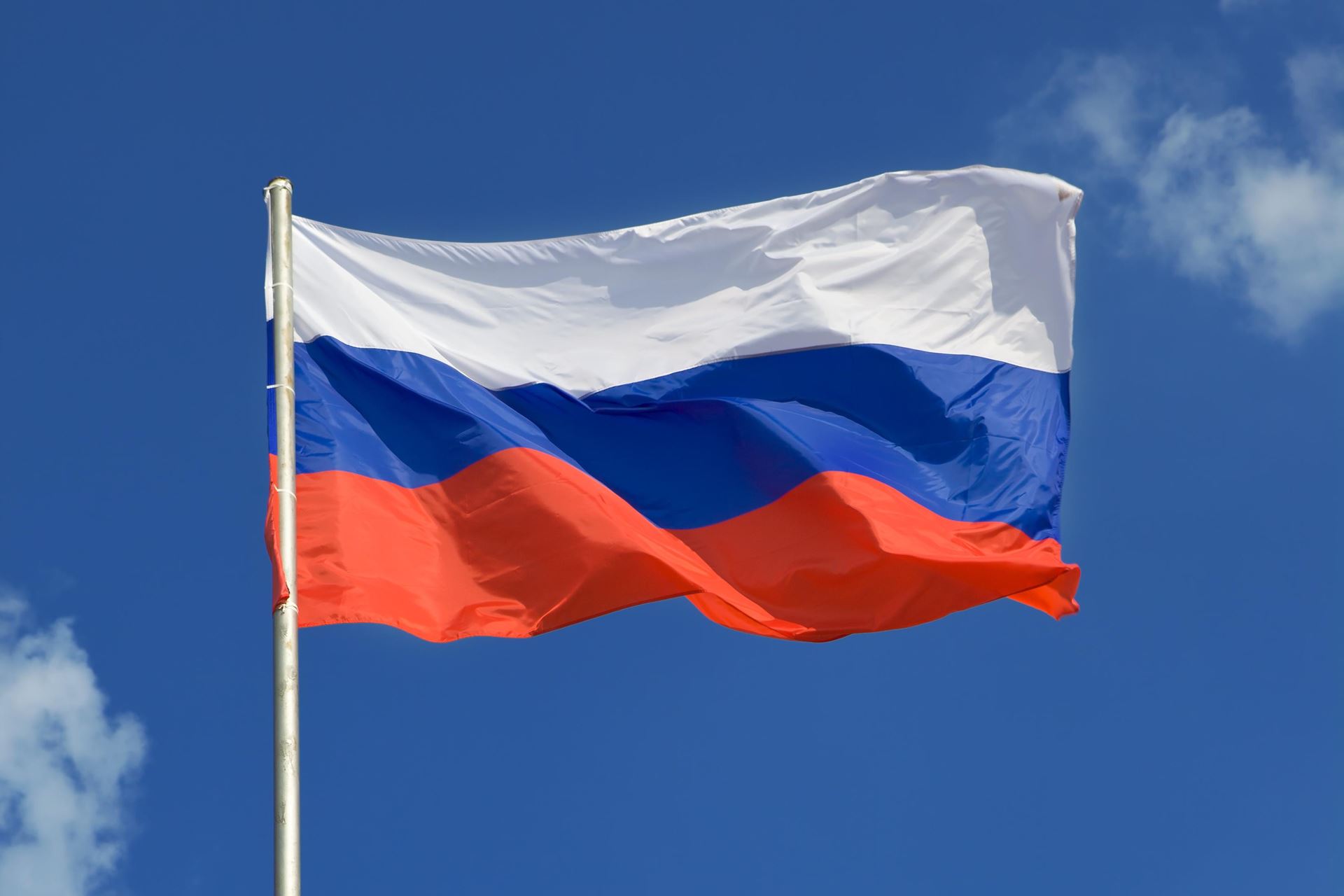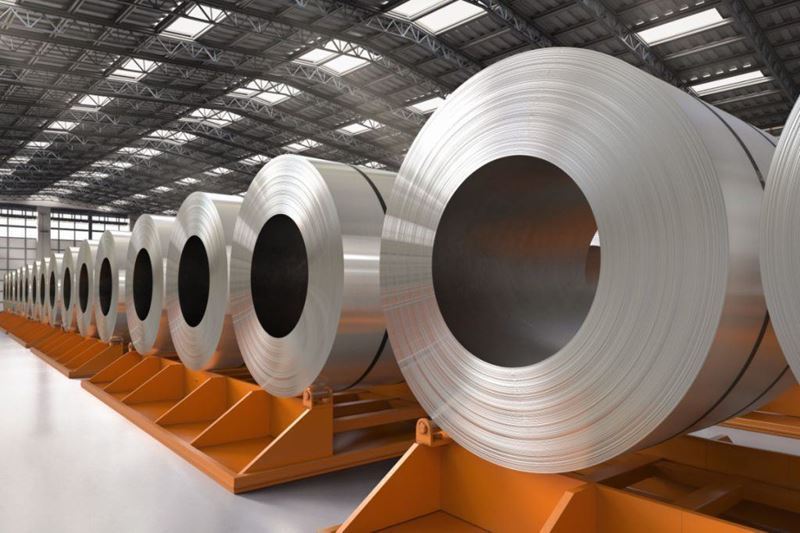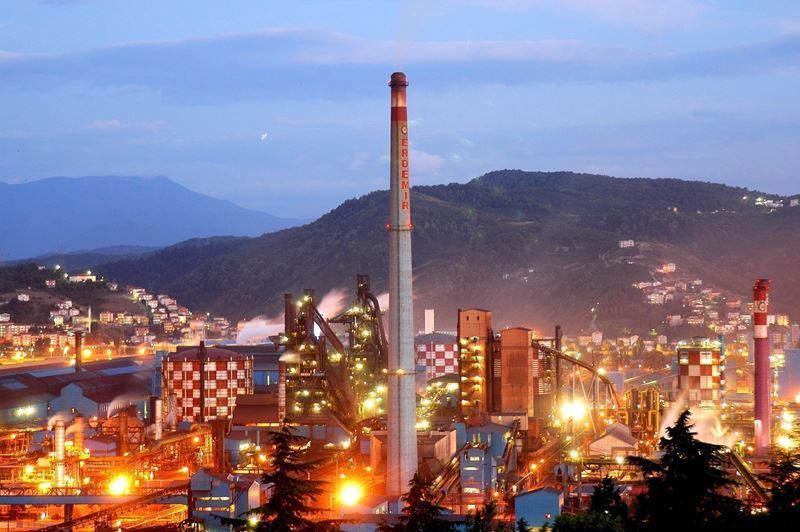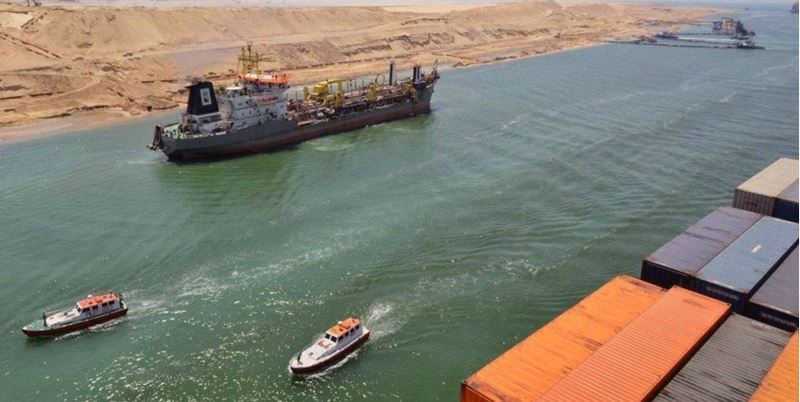2024: Adjustment and Resilience
The year 2024 saw Russian steel producers navigating a landscape marked by fluctuating global demand and constrained domestic consumption. Domestic steel demand weakened under the weight of high interest rates, which dampened investment activity in core sectors such as construction and mechanical engineering. Severstal, one of Russia's largest steelmakers, reported a 9% drop in domestic demand by Q3 2024, with forecasts indicating a further decline of 5–7% in 2025.
On the production side, Russian mills displayed cautious optimism. While overall production remained relatively stable, companies like Amurstal announced plans to ramp up output, aiming to increase rolled steel production to 650,000 metric tons in 2025. This reflects a broader trend of strategic capacity management and selective investment in production efficiency.
Exports faced their own challenges. The global steel market softened in 2024, with apparent consumption shrinking by an estimated 18 million tonnes. This downturn placed additional pressure on Russian exporters, who continued to grapple with logistical hurdles and shifting trade routes.
2025: Turning Point Driven by Tax Reforms
Looking ahead to 2025, one of the most significant changes for the Russian steel industry will be the removal of the 6% export tax effective January 1, 2025. This move aims to improve the competitiveness of Russian steel in international markets. However, this relief comes alongside an increase in corporate income tax rates from 20% to 25%, and a 1.15x hike in the mineral extraction tax for iron ore producers.
These reforms signal a strategic shift: the Russian government is prioritizing stable fiscal revenues while attempting to maintain the global competitiveness of its industrial sectors. For steelmakers, this dual-edged policy will require careful financial planning to balance the benefits of reduced export duties against higher operational costs.
On the production front, industry forecasts suggest a moderate growth trajectory. Steel production volumes are expected to rise by 1.2% year-on-year in 2025, with finished steel product output projected to grow by 19.2% in the same period. Modernization efforts and investments in efficiency gains are expected to drive these improvements.
Global market conditions are also anticipated to show gradual improvement. World steel demand is forecasted to grow by 5.3% in 2025, providing a much-needed boost to export-focused producers.
Strategic Imperatives for 2025
For stakeholders in the Russian steel market, three key priorities stand out as we move into 2025:
- Adapting to Tax Policy Changes: The removal of export taxes presents clear opportunities for increased export margins, but rising corporate and extraction taxes will demand robust financial strategies to protect profitability.
- Diversifying Export Markets: With domestic demand expected to remain subdued, Russian producers must intensify efforts to secure and expand market share in regions showing signs of economic recovery.
- Investing in Technological Modernization: Efficiency gains, cost control, and product quality improvements will be critical differentiators in an increasingly competitive global market.
The Russian steel industry is entering 2025 with a mix of caution and determination. While fiscal policy changes and external market uncertainties pose challenges, they also open pathways for growth and innovation. The ability of Russian steel producers to adapt to these dynamics will determine whether 2025 becomes a year of renewed strength or continued adjustment.











Comments
No comment yet.